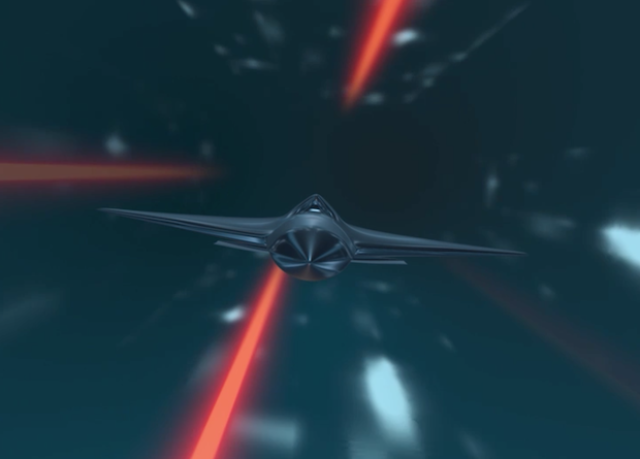The British company BAE Systems has received a contract from the Defense Advanced Development Agency (DARPA) of the US Department of Defense for the design of a full-scale demonstrator of the active air flow control system technology. The US military is interested in it as part of the CRANE project to create an aircraft without wing mechanization.
Usually, the flight control of the aircraft is provided by movable aerodynamic elements, which are called mechanization. They can be driven by electrical, mechanical or hydraulic systems. The mechanization of the wing and tail helps pilots not only control the direction of flight, but also the speed of the aircraft, as well as the formation of lift on the wing.
In 2019, DARPA announced a CRANE tender for the development, assembly and flight tests of an aircraft demonstrator devoid of any wing mechanization. Instead, the aircraft should receive active air flow control systems that it could use throughout the flight. The military believes that this will make promising aircraft easier and cheaper to maintain.
Last year, DARPA selected three companies to participate in the tender — Aurora Flight Sciences, Lockheed Martin and Georgia Tech Research Corporation. At the first stage, they should identify technologies that can be used for flight control instead of traditional mechanization.
On September 7, BAE Systems announced a contract with the Pentagon's Defense Advanced Development Agency for the design of a full-scale demonstrator of the active air flow control system technology and its testing in a wind tunnel. The latest BAE is going to hold next year.
The British company can use the developments obtained during the development of the experimental Magma drone with disabled wing mechanization for a new project. He received a system that takes some of the air from the jet engine and redirects it through channels to the nozzles on the wing and in the engine nozzle. Flat nozzles on the wing replaced the mobile elevons for the drone, and the nozzles in the jet engine nozzle allowed deflecting the jet stream with the help of blown air.
Vasilisa Chernyavtseva

